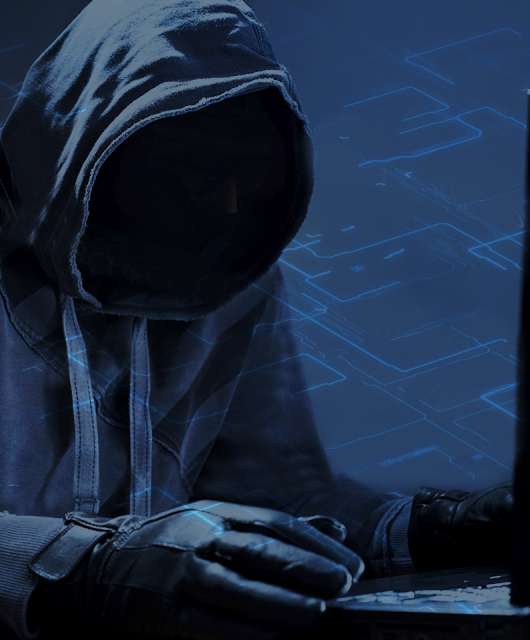The alleged hacking of the last US elections by the Russian government, the anonymous cyberattack that hit the Ukrainian power grid in 2015, the Stuxnet virus that sabotaged the Iranian nuclear program in 2010 — such events serve as a reminder that the next form of international conflict will be heavily dependent on cyberweapons.
William Roper, director of the Pentagon’s Office of Strategic Capabilities, is aware of this, and has spoken about this digital arsenal at a recent Air Force Association conference. According to Roper, warring states will not spend the first few days of conflict deploying aircraft or tanks, but rather will invest in deep learning techniques and “data reconnaissance, so that our learning system gets smarter than the enemy’s”.
For Roper, his country’s most valuable resource is the digital information that it produces and collects in abundance. The data comes from aircraft, satellites, and other sensors that monitor activities related to the performance of machines or the success of military missions. These are the instruments that defense departments will use to monitor and confront rivals.
Airborne Spies, or Spies that Fly
In the future, drones will continually exchange data with each other and with the base of operations, and missiles will be able to learn to adapt to their environment and change targets if necessary. Thus, algorithms and artificial intelligence will become the true winged threat. In the Pentagon they already have a program in place to carry out research in this area: Perdix, a project to develop swarms of intelligent drones.
But even before the conflict itself takes place, digital tools will allow the enemy to be known and damaged, often from a point of anonymity. Renowned Finnish security expert Mikko Hypponen agrees with Roper that “cyberwarfare” will become commonplace. And there is no need to hold our breath for relevant examples.
Governments are already using malware as a weapon against other states, as was the case in Iran. According to an anonymous member of the US military, the United States used Stuxnet to carry out an act of cyber-sabotage against Iran’s nuclear program.
On another front, Fancy Bear, a group of cybercriminals that the United States has linked to the Russian military intelligence service, allegedly had a role in Ukraine’s civil war. They were apparently responsible for slipping malware into an Android application used by Ukrainian soldiers, which allowed their enemies to geolocalize their artillery units.
Also in Ukraine an alleged attack on the Kiev power grid is being investigated. It is suspected that a Trojan infected communications systems and the country’s power grid. According to Hypponen, the cyber-arms race has already begun and is likely to last for decades, and will have more impact than we tend to think. Far from affecting only soldiers and politicians, cutting off power grids leaves an entire population without electricity.
And with the advent of the Internet of Things, citizens will be increasingly vulnerable to all types of cyberattacks. A good example is ransomware, which has already affected Smart TVs and is the perfect candidate to hijack self-driving cars, asking for a ransom to return the vehicle to its rightful owner.





2 comments